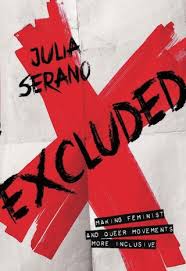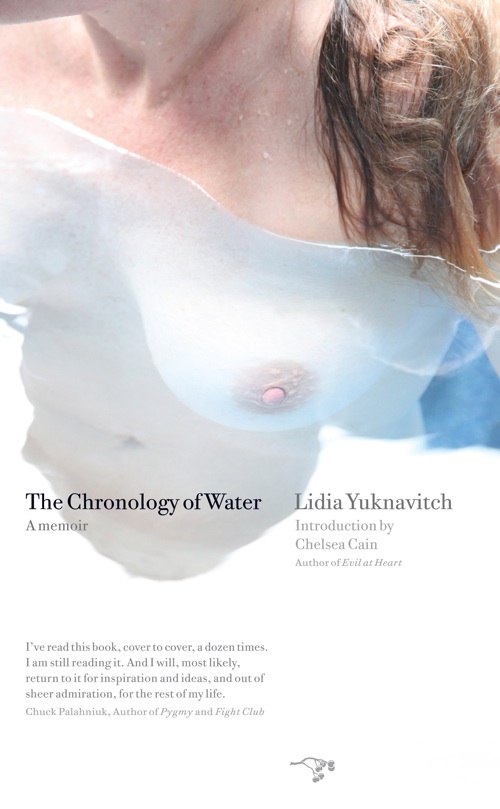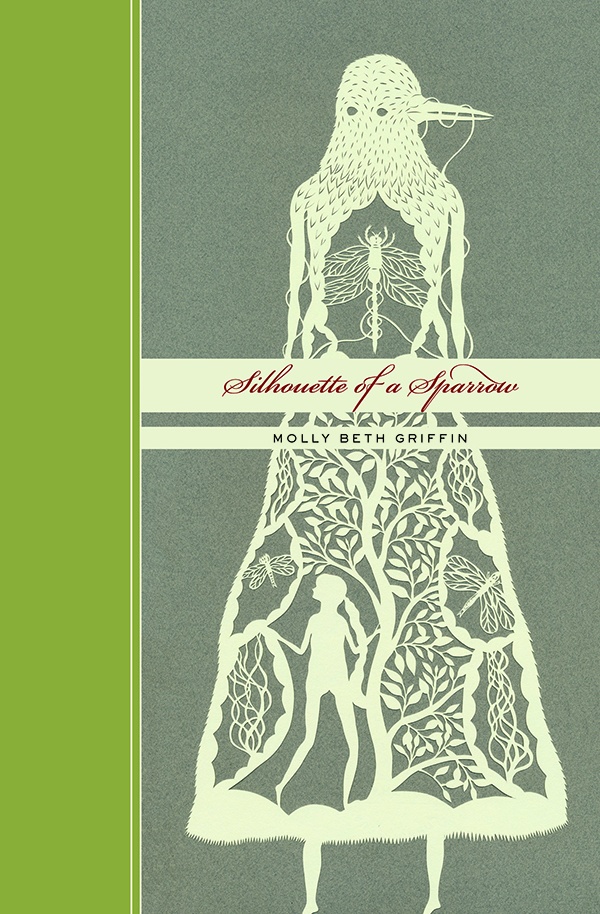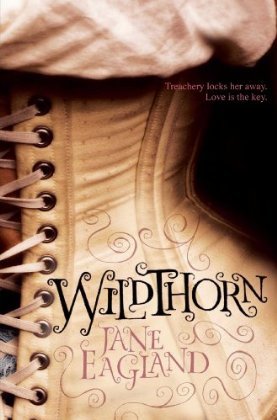I had been reading a lot of heavy things when I picked up Madeleine George’s queer YA novel The Difference Between You and Me and it pretty much fulfilled every expectation I had; in fact, it was actually deceptively complex, despite the fact that it’s a quick read. The Difference Between You and Me is a classic opposites attract story in some ways, but it’s refreshingly not a coming-out story, nor is it a they-live-happily-ever-after.
What it is is a story about three very different teenage girls, told alternately from each of their perspectives. Jesse is an anti-assimilationist lesbian who spends her time plastering her high school with manifestos defending the rights of weirdos everywhere. Emily is a popular, uptight student council vice-president who doesn’t like “labels” (i.e., is bisexual and doesn’t want to admit it). Esther, whose voice doesn’t enter the narrative until a bit later, is a serious activist with a tough façade but a hurt, squishy interior. Jesse and Emily are having a secret affair (surprise!) but Emily doesn’t want anyone to know about it and still has a boyfriend. Esther is Jesse’s new friend and partner in activism (spoiler alert: you think she and Jesse are going to get together in the end but they don’t). The conflict in the story is when a company that’s not called Walmart but is obviously a stand-in for Walmart wants to build outside the town and Emily is revealed to have struck a deal with the company to raise money for the school.
I actually think of the three girls George does Emily’s voice the best. For example this is her while supervising the “refreshments table” at a school dance:
But to be honest, at that point I was getting pretty annoyed with some of the people working under me on the refreshments committee (like Lauren Weiss and Kim Watson and Kimmie Hersh, to name three) because they kept putting out more and more Costco-brand cheese curls, which were the only refreshments we were serving that night, even though I told them repeatedly that they had to ration the snacks so they would last for the entire event, and all of a sudden I was just like, you know what, screw this, let them put out however many cheese curls they want, whenever they want to. And I told Michael I had to use the restroom and I went to find Jesse.
This is her talking about her boyfriend (this is a great testament to poor teenage boy kissers everywhere):
“When me and Michael kiss, it’s like I’m making out with a cut cantaloupe. He is the wettest, squishiest kisser on the planet. He’s so cute from a distance, you know, he’s such a good-looking guy, like a male model practically, but then when he goes to kiss me it’s like all the muscles in his face go slack and his lips get all spongy and loose and he opens his loose face and sort of lays his spongy lips all over me and drools his melon-juice spit into my mouth. It’s horrible. I don’t mean to criticize him, I’m sure lots of other girls would think he was a totally amazing kisser, it’s just … sometimes I have to pretend he’s getting too powerful and intense and I push him off me, but really I’m pushing him off me because he’s getting too disgusting.”
Jesse is pretty straight-forward from the beginning, and is a fairly typical stock alternative angsty character—not that she’s not fun for that reason. But she’s more of a caricature and was therefore less compelling and real to me than Emily, who I found fascinating. Although she looks on the surface to be quite different from Jesse, and might be constructed as the villain of the novel (there are certainly plenty of reviews that see her that way, which is disappointing and biphopic, to be honest), she’s actually a lot more complicated.
I think what George wanted to do—maybe she doesn’t fully succeed—is show that the girls might not be as dissimilar as you might think. Both are ambitious, motivated, and concerned about making the world better: they just go about it in very different ways. Maybe I sympathized with Emily more because Jesse’s let’s-overturn-the-system approach strikes me as naïve and unrealistic, and I found it weird that the book doesn’t want you to read it that way. Emily is naïve too, and ignorant, but this felt totally realistic to me, for a teenage girl from a privileged background afraid to come out. She kind of reminded me of Cher from the movie Clueless, actually: lovable despite being privileged and you know, kinda clueless, because she’s genuine and earnest and caring.
That said, I agree with a lot of the points that Sarah makes over at the bisexual books tumblr in her review: namely, it is really disappointing that the cheating, conformist character is bi. George should have done a better job resisting the urge to make Jesse a heroine and Emily a villain. I see how it’s easy to fall into that way of thinking, as a writer and a reader. But I think Sarah makes a mistake in her review by falling into the trap of thinking of the girls that way, because you don’t have to. I don’t think the novel condemns Emily for her choices; I think it’s actually sympathetic, if you read closely. It’s realistic that the novel ends and Emily still hasn’t figured things out and is still in the closet. It’s legitimate that a teenage girl wouldn’t feel comfortable coming out and in some ways it’s unfair to expect her to. I think her refusing to label herself is classic internalized biphobia and the novel wants you to read it that way. As a bi woman who hasn’t been open about it for that long, I actually really identified with her. So is it an ideal representation of a bisexual teenage girl? No. Is it authentic and interesting and complex? Yes.










